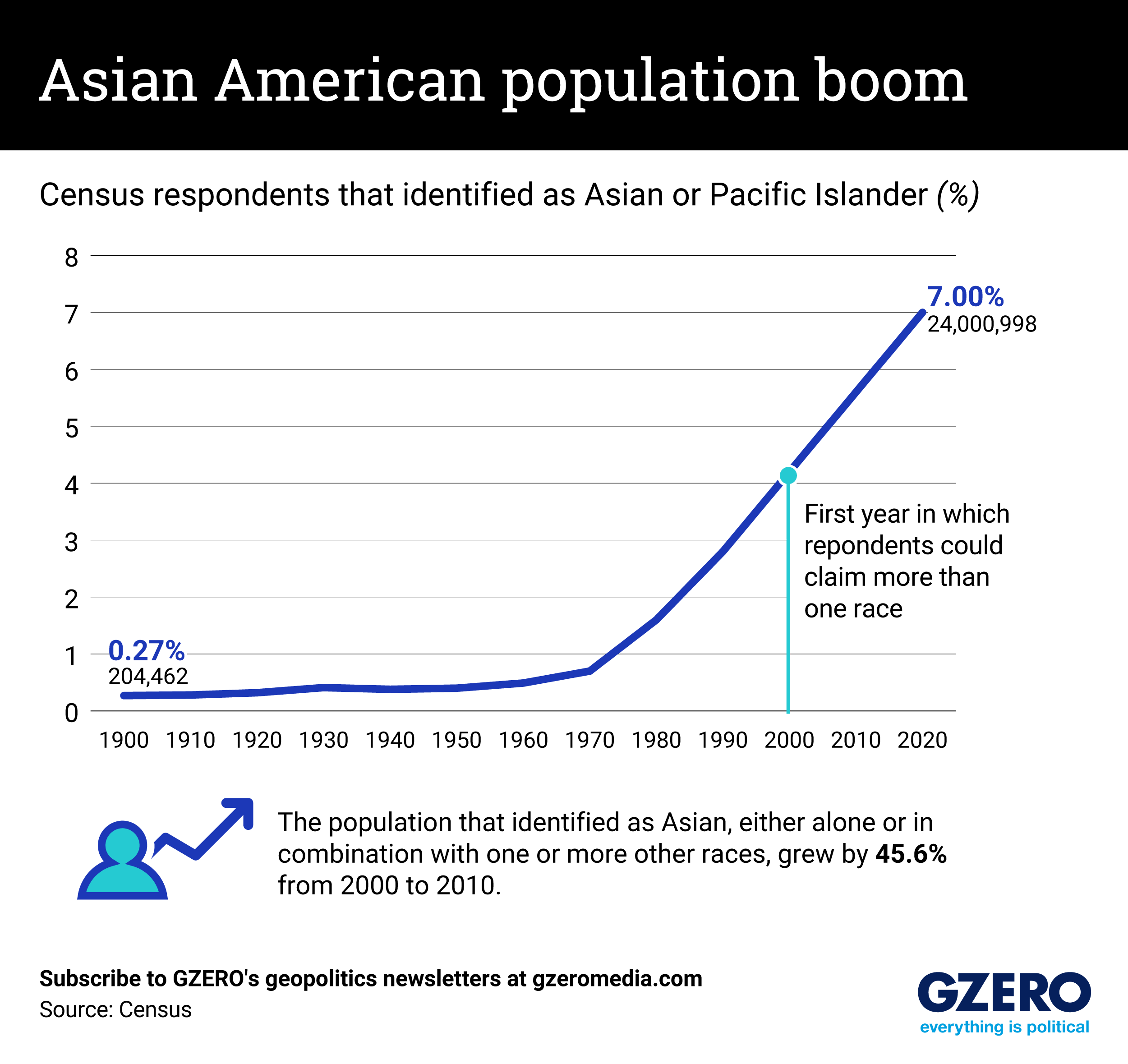Asian Americans had the highest population growth rate among all racial and ethnic groups in the United States between 2000 and 2019, rising roughly 81% to about 24 million people. The boom – driven mainly by immigration – is projected to continue, rising to 35.8 million by 2060, more than triple their 2000 population.
Historically, Asians have been subject to exclusionary policies in the US thanks to racial prejudice and economic fears. This began with the 1882 Chinese Exclusion Act, which banned Chinese laborers and denied citizenship, and the 1924 Immigration Act, which banned all Asian immigrants. The US began relaxing immigration restrictions in 1943, culminating in the 1965 Immigration and Nationality Act, which abolished racial quotas and allowed more diverse Asian immigration.
Today, the Asian population in the US is complex, tracing its roots to more than 20 countries in East Asia, Southeast Asia, and the Indian subcontinent. But discrimination is still rampant. With the outbreak of COVID-19, which is believed to have originated in Wuhan, China, there was a sharp rise in physical attacks against Asian Americans. Today, 87% of Asian Americans say they face societal discrimination, and 26% say they fear someone might threaten or attack them because of their race or ethnicity.
As we mark Asian American and Pacific Islander Heritage Month — officially proclaimed for the first time in 1990 — we look at the growth of the Asian American population over the past century.
